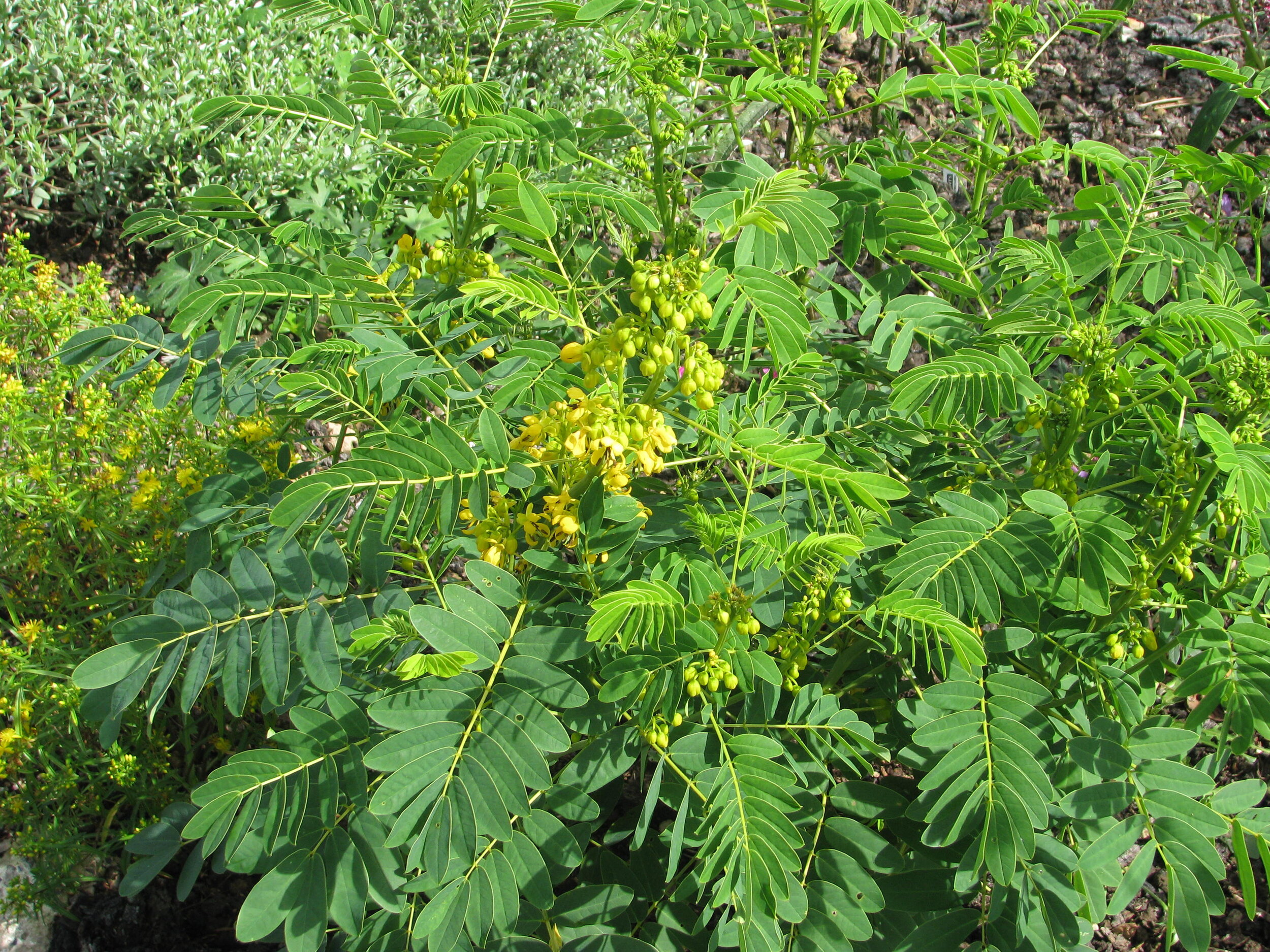Nitrogen Fixing Native Plants
What is Nitrogen Fixation?
Nitrogen is essential to plant growth. Unfortunately, the nitrogen found in our air is not useable by most living organisms. Fortunately, some plants have the ability to team up with certain bacteria in the soil to convert atmospheric nitrogen into a more available form for plants.
The bacteria live in small nodules on the roots of nitrogen fixing species where they convert nitrogen into a form that the plant can use. Surrounding plants benefit from this process when the bacteria die and release the nitrogen into the environment. You can read a more detailed explanation here.
Most healthy soils have this bacteria present but legume inoculants may be used in infertile site. You can tell that the bacteria and plant are working together when you see little balls, or nodes, on the roots of the plant.
Benefits of Nitrogen Fixing Native Plants
Grow in Tough Soils
Many nitrogen fixing plants are capable of growing in nutrient poor soils and are valued in restoration projects.
Useful for permaculture
Permaculture makes use of nitrogen fixing plants to reduce the need for external amendments. By using native plants for this purpose, permaculturalists will benefit from improved wildlife habitat which leads to more beneficial wildlife.
Host plants
Many of the following nitrogen fixing native plants are part of the Fabaceae plant family (also known as legumes) which are host plants for the caterpillars of a variety of butterflies and moth species. This family supports a variety of caterpillars including:
Common Sulphurs & Orange Sulphurs
Northern Cloudywings
Eastern Tailed Blues
Silvery Blues
Table of Contents:
Speckled Alder (Alnus rugosa)
Leadplant (Amorpha canescens)
Groundnut (Apios americana)
Canada Milk Vetch (Astragalus canadensis)
New Jersey Tea (Ceanothus americanus)
Purple prairie Clover (Dalea purpurea)
Showy tick Trefoil (Desmodium canadense)
Round-headed Bush Clover (Lespedeza capitata)
Wild Lupine (Lupinus perennis)
Wild Senna (Senna hebecarpa)
Speckled Alder (Alnus rugosa)
Exposure: Sun to part shade
Height: 15ft-25ft
Habitat: lakes, ponds, streams, rivers and swamps
Nitrogen Fixation: Medium
Speckled Alder, known as wadoop, -iig by the Anishinaabe, is a large, thicket-forming shrub which thrives in moist areas. It is adaptable to most gardens granted the soil doesn’t dry out.
This is a fast-growing shrub so it is valuable in erosion control, riparian restorations and for creating quick wildlife shelter. The spent cones and red catkins add winder interest and are a sign of spring when they start flowering.
Speckled Alder is used to increase the yields of timber-producing trees such as poplar as they share the nitrogen from the alders nitrogen fixing bacteria.
Leadplant (Amorpha canescens)
Exposure: Sun - light shade
Height: .9m, 3ft
Habitat: Prairies, dry open woods, black oak savannas
Blooms: Purple, summer
Nitrogen Fixation: Medium
Leadplant, known as we'abonag'kak by the Anishinaabe, is a small shrub topped by purple flowers with orange stamens. Dense hairs on the leaves give it a grayish green look.
Leadplant is a great choice for dry prairie and meadow gardens because it thrives in dry conditions and full sun. It’s suitable for erosion control and nutrient poor soil.
The deep taproot makes it very drought tolerant and hardy. In fact, early settlers had a hard time ploughing up the land where Leadplant grew because of it’s tough roots!
Groundnut (Apios americana)
Exposure: Sun - part shade
Height: 1.2m, 4ft
Habitat: Damp woods, shorelines, thickets
Blooms: Maroon, summer
Nitrogen Fixation: Medium
Groundnut, known as Opin by the Anishinaabe, is a fast-growing vine with maroon colored flower clusters that resembles those of peas (after all, it’s in the legume family!). It thrives in moist sunny areas and will adapt to most gardens granted the soil doesn’t dry out.
The roots don’t only help fix nitrogen, but they produce edible tubers! This vine also produces edible seedpods that closely resemble those of cultivated beans. Use groundnut as a climbing vine over a trellis or arbor.
Groundnut dies back to the ground every year so the rapid growth is easy to control and won’t take over your yard.
Canada Milk Vetch (Astragalus canadensis)
Exposure: Sun - part sun
Height: 90cm, 3ft
Habitat: Prairies, open woods
Blooms: Creamy-white, summer
Nitrogen Fixation: Low
Canada Milk Vetch is a sprawling plant with interesting fern-like foliage. It shows off with spikes of creamy-white, pea-like flowers.
It is very adaptable and will thrive in most well-drained garden soils, including very sandy, nutrient poor sites.
Expect vigorous growth via stolons and seeds to quickly cover tough sites! Excellent for erosion control and restoration.
New Jersey Tea (Ceanothus americanus)
Exposure: Sun - part shade
Height: 1.2m, 4ft
Habitat: Prairies, open woods, thickets
Blooms: White, summer
Nitrogen Fixation: Low
New Jersey Tea, known as kadegimnedu by the Anishinaabe, is a tough, compact shrub with creamy white flower clusters.
It thrives where there is lots of sun and the soil is sandy and dry. In your garden it will adapt to clay or loam soils but it must be well-drained or else the roots may rot.
I love this plant for how tough it is. The deep taproot makes is highly resistant to fire, browsing and drought.
Valuable in restoration in tough growing conditions.
New Jersey tea is a host plant for the Spring Azure and Mottled Duskywing butterflies.
Purple prairie Clover (Dalea purpurea)
Exposure: Sun
Height: 90cm, 3ft
Habitat: Prairies, open woods, glades
Blooms: Purple, summer
Nitrogen Fixation: Low
Purple Prairie Clover, known as baasibagak by the Anishinaabe, is a tough, super drought tolerant plant with a deep taproot.
The purple flowers are small but numerous and rise above lacy foliage, blooming from the bottom up.
Despite it’s name, it’s not really a clover but it fixes nitrogen nonetheless.
In your garden it will adapt to most well-drained soils but it does not like competition from taller plants.
Valuable in restoration as it’s very easy to grow in tough conditions. Also used as a forage crop on tough sites.
Showy tick Trefoil (Desmodium canadense)
Exposure: Sun - part sun
Height: 1.2m, 4ft
Habitat: Prairies and meadows, sandy open areas
Blooms: Pink/purple, summer
Nitrogen Fixation: Unkown
Showy Tick Trefoil is a bushy perennial with numerous clusters of pink flowers.
This is probably the most adaptable and prolific plant on this list! It will grow in a wide variety of soil types and dry to moist conditions.
Showy Tick Trefoil is a prolific self-seeder and will quickly cover tough sites.
Note that it produces seedpods that readily stick to fur or clothing. Best used in restorations or in the middle of a garden where you won’t have to brush up against it!
Host plant for Silver-spotted Skippers. The leaves are frequently used by leafcutter bees who cut out small holes to line their nests with.
Round-headed Bush Clover (Lespedeza capitata)
Exposure: Sun
Height: 1.2m, 4ft
Habitat: Prairies, open woods, glades, roadsides
Blooms: Creamy white, mid-late summer
Nitrogen Fixation: Medium
Round-headed Bush Clover is an upright plant and easily grown in dry to medium, well-drained soils. It readily grows in infertile soils and drought conditions thanks to it’s deep taproot.
The pea-like flowers are found in rounded clumps along the stems. Small hairs on the leaves give them a gray-green look. The rigid stems last well into winter.
Round-headed Bush Clover is sometimes used for restoring degraded rangeland due to it’s ability to grow in harsh conditions and act as a forage crop.
Wild Lupine (Lupinus perennis)
Exposure: Sun
Height: 60cm, 2ft
Habitat: Dry prairies, black oak savanna, sandy open areas
Blooms: Spring, late spring
Nitrogen Fixation: Medium
Wild Lupin thrives in the wild in sunny, sandy conditions. In your garden it will adapt to well-drained sand, loam or gravelly soils in full sun to light shade.
In late spring it shows off with upright clusters of pea-like blue/purple flowers . The foliage is attractive but may look scruffy towards the end of the season. Wild Lupine is an excellent choice for increasing wildlife value in tough sites.
Wild Lupine is the only host plant for caterpillars of the Karner Blue butterfly which is no longer found in Ontario due to habitat loss. Non-native Lupines DO NOT WORK as a host plant for the Karner Blue - only the native species does. Therefore, make sure you are buying seeds or plants from a reputable native plant nursery.
Wild Senna (Senna hebecarpa)
Exposure: sun - part sun
Height: 1.5m, 5ft
Habitat: Prairies, moist open woods
Blooms: Yellow, summer
Nitrogen Fixation: Medium
Wild Senna is an easy to grow, upright native plant. It prefers medium moisture conditions and full sun to light shade.
It is adaptable to most garden soils, including clay, although loam is preferred.
Wild Senna shows off with clusters of bright yellow flowers that have a relatively long bloom time. These flowers turn into attractive bean-like seed heads in the fall.
The leaves have an attractive, tropical look to them and turn yellow in the fall.
Suitable for nitrogen fixation where the soil is more on the moist side where the above species may not do as well.










